

Bender solutions deliver predictive monitoring and ground-fault protection for emerging SMR and fusion technologies. Our Insulation Monitoring Devices (IMDs) and Residual Current Monitors (RCMs) safeguard medium-voltage circuits, magnetic field systems, and communication networks—supporting safe, reliable, and efficient operation in demanding nuclear environments.
The Nuclear Regulatory Commission (NRC) refers to both non-light water reactor (non-LWR) designs and small modular light water reactors (SMRs) as advanced reactors. SMRs are a subset of light water reactors that are designed to be more compact, scalable, and potentially safer, often incorporating passive safety systems and advanced engineering designs compared to traditional large-scale facilities. Non-LWRs, on the other hand, use distinct technologies, fuels, and coolants, broadening the spectrum of nuclear energy applications.
Nuclear fusion represents a different approach to energy production. Instead of splitting atoms, as in fission, fusion combines two atomic nuclei to form a heavier nucleus, releasing large amounts of energy. This reaction occurs naturally in the sun and stars, and researchers are working to replicate these conditions on Earth using machines such as tokamaks and stellarators. Unlike fission, fusion does not produce long-lived radioactive waste, which makes it a promising future energy source. However, fusion machines are not self-sustaining reactors; they require a continuous external energy supply to maintain the extreme temperatures and pressures necessary for fusion to occur. The NRC is actively engaging with stakeholders to understand the regulatory considerations associated with potential future fusion facilities.
The operation of both SMRs and fusion facilities demands elevated levels of predictive monitoring and electrical safety. Before medium-voltage power circuits are energized, they are typically maintained in an ungrounded state. During this stage, insulation monitoring devices (IMDs) are used to verify that no insulation faults are present. This “offline” monitoring approach provides assurance that the system is safe to energize.
The communications side of these systems also requires continuous supervision. IMDs play a critical role here as well, helping to ensure that no ground faults or imperfections interfere with sensitive communication systems. Once the power system is energized and transitions into a grounded state, residual current monitors (RCMs) are deployed to maintain continuous oversight. These devices help ensure that no ground faults are introduced into the process, providing uninterrupted safety during ongoing operation of magnetic field systems and tokomak arrays.
Bender’s solutions extend beyond these monitoring functions. Our IMD and RCM portfolio builds upon decades of proven application in traditional nuclear fission plants, where insulation monitoring and EDS fault location systems are widely used around the world. These systems are known for their ability to provide predictive insights, helping operators identify potential problems before they escalate into costly downtime. Real-time monitoring and fault location significantly shorten diagnostic time, enhancing system availability and overall safety.
Early fault detection
Monitor medium-voltage power circuits in an ungrounded state with IMDs before energizing critical systems.
Continuous protection
Residual current monitors ensure safe, grounded operation once systems are online.
Noise-free communication
IMDs protect communication systems from ground faults that can cause instability or interference
Proven nuclear expertise
Building on Bender’s decades of success in fission plants, our IMD/EDS fault location systems bring predictive insights and real-time diagnostics to SMR and fusion facilities.
Reduced downtime
Real-time monitoring accelerates fault detection and location, decreasing diagnosis time and maximizing uptime.
| Name | Category | Size | Language | Timestamp | D-/B-Number |
|---|---|---|---|---|---|
| Product Overview ISOMETER®/ISOSCAN® | Product Overviews | 5.3 MB | EN | 2024/02/1616.02.2024 | |
| Renewable Energies | Market Segment Brochures | 3.6 MB | EN | 2025/04/0303.04.2025 | |
| 2020 Guidelines (US) | Technical Information | 1.9 MB | EN | 2020/06/1515.06.2020 | |
| Overview Brochure | Product Overviews | 10.3 MB | EN | 2023/10/0202.10.2023 | |
| Bender Industry Applications | Market Segment Brochures | 5.9 MB | EN | 2024/09/0404.09.2024 | |
| Small Modular Reactors Flyer | Flyers | 1.2 MB | EN | 2025/10/2222.10.2025 |
Products
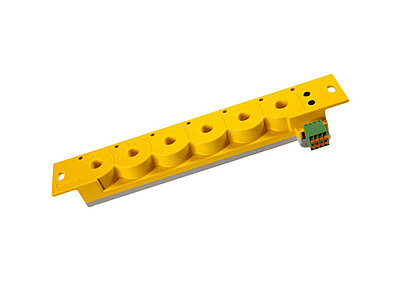
Ground-fault locator with 6 integrated measuring current transformers for localization of ground faults in control circuits
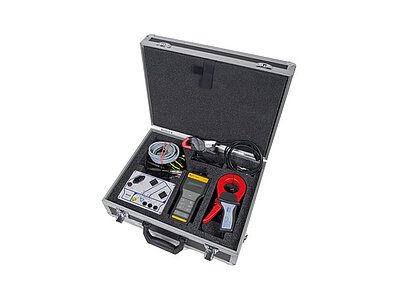
Portable ground-fault location systems for ungrounded and grounded systems
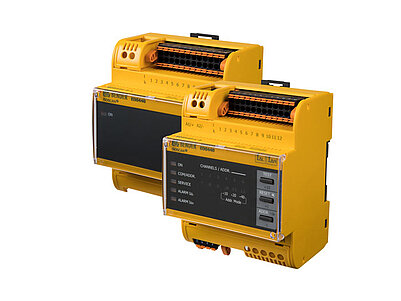
Ground-fault location module for ungrounded AC/DC systems
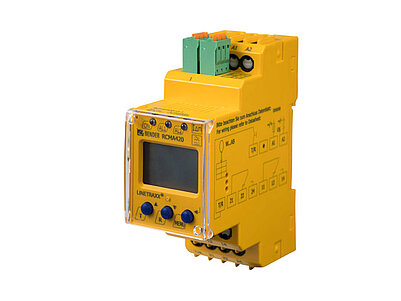
AC/DC ground-fault monitor
![[Translate to North American English:] RCMA423](/fileadmin/_processed_/a/d/csm_RCMA423_01_WEB_2dc3226c4f.jpg)
AC/DC ground-fault monitor
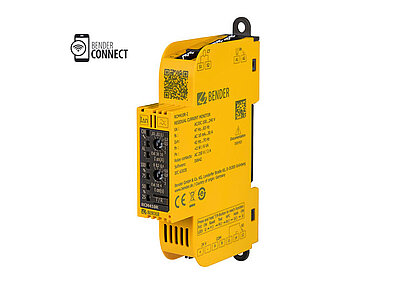
Single-channel AC and pulsed DC sensitive residual current monitor for AC systems
![[Translate to North American English:] RCM420 RCM420](/fileadmin/_processed_/5/3/csm_RCM420_01_WEB_70dba9c027.jpg)
AC ground-fault monitor

Ground-fault locator with 6 integrated measuring current transformers for localization of ground faults in control circuits

Portable ground-fault location systems for ungrounded and grounded systems

Ground-fault location module for ungrounded AC/DC systems

AC/DC ground-fault monitor
![[Translate to North American English:] RCMA423](/fileadmin/_processed_/a/d/csm_RCMA423_01_WEB_2dc3226c4f.jpg)
AC/DC ground-fault monitor

Single-channel AC and pulsed DC sensitive residual current monitor for AC systems
![[Translate to North American English:] RCM420 RCM420](/fileadmin/_processed_/5/3/csm_RCM420_01_WEB_70dba9c027.jpg)
AC ground-fault monitor
Elektrische Sicherheit in Niederspannungsnetzen bis AC 1 000 V und DC 1 500 V – Geräte zum Prüfen, Messen oder Überwachen von Schutzmaßnahmen - Teil 8: Isolationsüberwachungsgeräte für IT-Systeme
National Electrical Code
For advanced reactors including non-LWR, SMR, and fusion applications
Residual current monitoring devices
Covering nuclear facility electrical safety and monitoring best practices